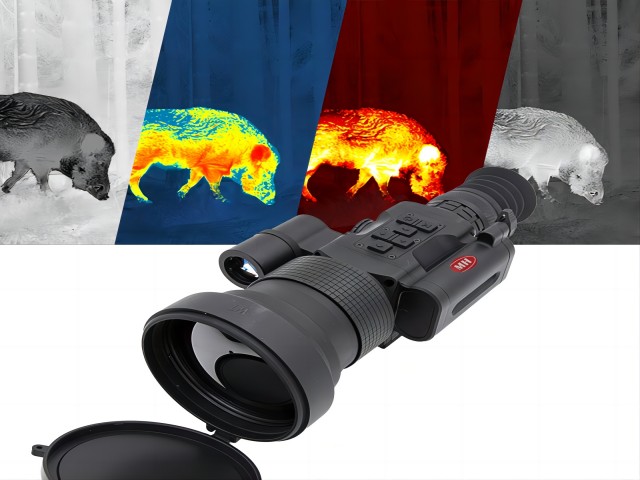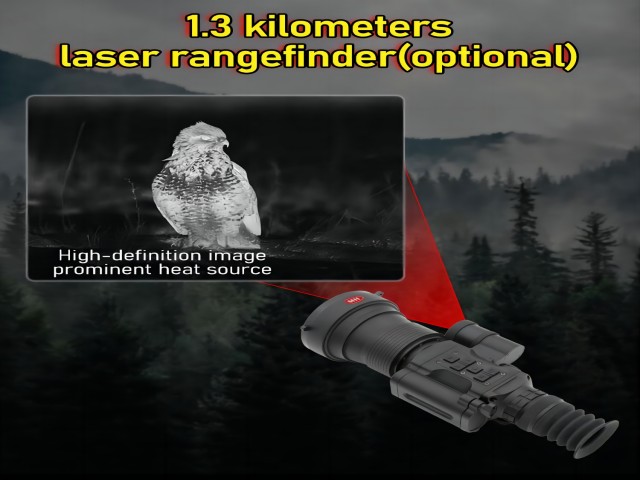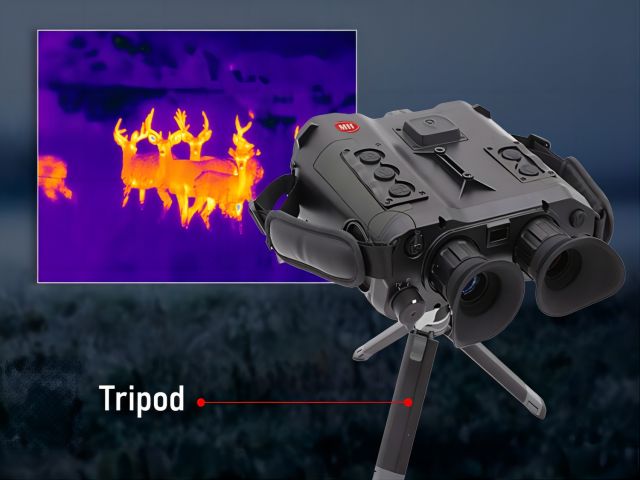
Engineer Manager Name: Jacky
WhatsApp/ Wechat: 0086-187 9245 6795
Email: mh_elec@126.com or jacky@mh-elec.com
In the realm of night vision and thermal imaging technologies, the laser rangefinder plays a pivotal role in enhancing accuracy and performance. One crucial aspect of laser rangefinders that often goes underappreciated is the wavelength of the laser used. Understanding the importance of laser wavelength can significantly impact the effectiveness and application of these devices in various environments.
What is Laser Wavelength?
The wavelength of a laser refers to the distance between successive peaks of the light wave, typically measured in nanometers (nm). In the context of laser rangefinders, common wavelengths range from the visible spectrum (around 400-700 nm) to the near-infrared (NIR) spectrum (700-2500 nm).
Why Does Wavelength Matter?
1. **Range and Accuracy**:
- The wavelength of the laser affects how far the beam can travel and how accurately it can measure distances. NIR wavelengths, such as 905 nm and 1550 nm, are commonly used in laser rangefinders due to their balance of range, accuracy, and safety. Longer wavelengths generally allow for greater range and better penetration through atmospheric interference such as fog, dust, and rain.

2. **Atmospheric Interference**:
- Different wavelengths interact with atmospheric particles in distinct ways. For instance, shorter wavelengths (visible light) are more likely to scatter due to particles and aerosols in the air, which can degrade performance in adverse weather conditions. NIR wavelengths are less susceptible to scattering and absorption, making them more reliable in various environmental conditions.
3. **Eye Safety**:
- Eye safety is a paramount consideration in laser rangefinder design. Lasers operating at 1550 nm are typically safer for human eyes compared to those at 905 nm. The cornea and lens of the eye are less sensitive to 1550 nm wavelengths, reducing the risk of eye damage even at higher power levels.

4. **Material Reflectivity**:
- The reflectivity of the target material can vary with wavelength. Certain materials reflect NIR wavelengths more effectively, which can enhance the performance of the laser rangefinder. For instance, vegetation and other organic materials often have different reflectivity profiles at 905 nm versus 1550 nm.
5. **Cost and Availability**:
- The cost and technological maturity of laser components also vary with wavelength. Generally, 905 nm laser diodes are more readily available and cost-effective compared to 1550 nm lasers, which can influence the overall cost and accessibility of the laser rangefinder.

#### Applications in Night Vision and Thermal Imaging
In night vision and thermal imaging applications, the choice of laser wavelength can be critical. For example:
- **Military and Tactical Operations**:
The need for long-range accuracy and reliability in diverse environmental conditions makes 1550 nm a preferred choice despite its higher cost.
- **Outdoor and Wildlife Observation**:
The balance between performance and cost often makes 905 nm an attractive option for consumer-grade devices.
- **Industrial and Safety Applications**:
Specific requirements for eye safety and penetration through industrial environments may dictate the use of 1550 nm lasers.

The wavelength of a laser rangefinder is a fundamental factor that influences its performance, safety, and application. Whether for military, industrial, or consumer use, understanding the implications of laser wavelength can lead to better decision-making and optimized performance in night vision and thermal imaging technologies. At MH Tech, we are dedicated to advancing the capabilities of our devices by carefully considering these critical aspects, ensuring our products deliver unparalleled precision and reliability.
Engineer Manager Name: Jacky
WhatsApp/ Wechat: 0086-187 9245 6795
Email: mh_elec@126.com or jacky@mh-elec.com
